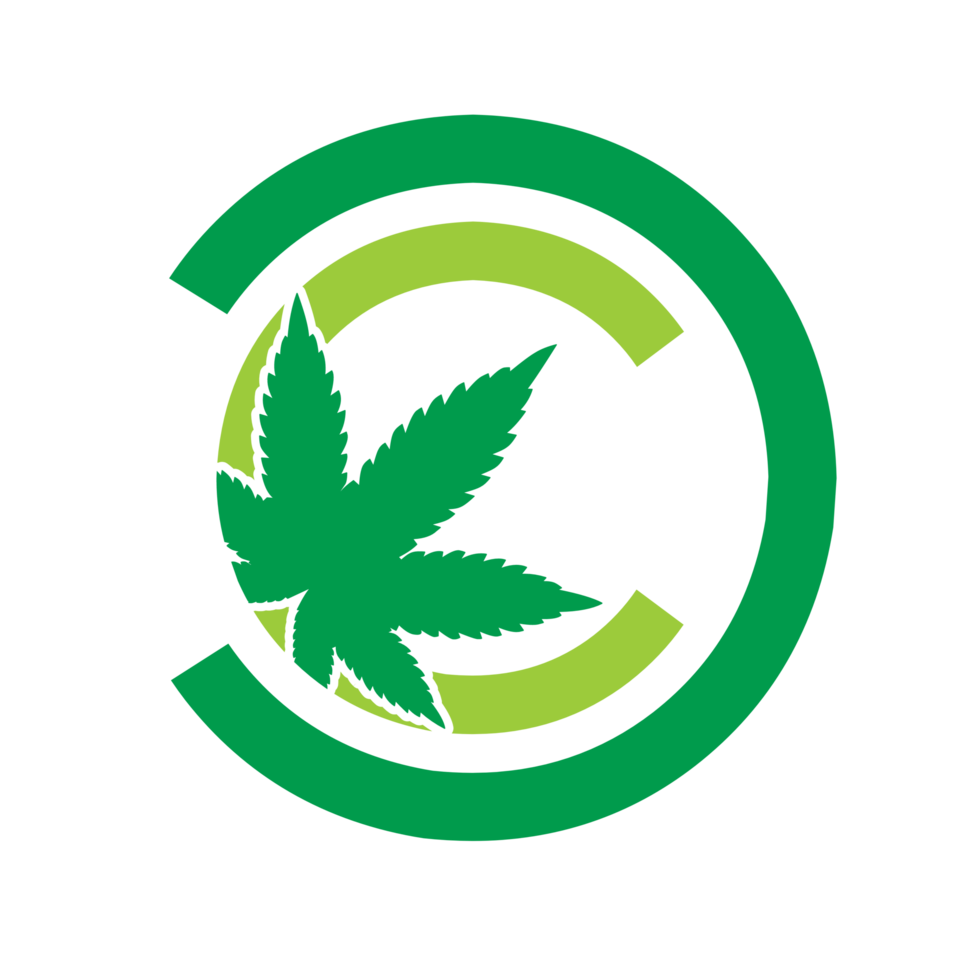Blog
cannabis use disorder icd 10
Cannabis use disorder is a condition where someone uses cannabis in a way that causes problems. This can lead to significant distress or impairment. The ICD10 criteria help doctors diagnose this condition.
To diagnose cannabis use disorder, doctors look at how often and how much someone uses cannabis. They also check for any problems or symptoms related to this use.
The ICD10 criteria give clear guidelines for diagnosing cannabis use disorder. These include looking for symptoms like tolerance, withdrawal, and using cannabis even when it causes problems.
Key Takeaways
- Cannabis use disorder is a recognized condition with specific diagnostic criteria.
- The ICD10 provides a standardized framework for diagnosis.
- Diagnosis involves evaluating the individual’s pattern of cannabis use and associated problems.
- The ICD10 criteria outline specific guidelines for diagnosis, including symptoms such as tolerance and withdrawal.
- Accurate diagnosis is crucial for effective treatment and management.
Understanding Cannabis Disorder ICD10 Classification
The ICD10 system helps doctors diagnose and code cannabis use disorder. It’s key for healthcare to accurately treat those affected.
Diagnostic Criteria and Coding System
The ICD10 criteria for cannabis use disorder show a pattern of use that causes harm. The coding system helps document the disorder well. This makes treatment and payment easier. The ICD10 code for this disorder is F12.1, among others, based on how severe it is.
Diagnostic criteria include:
- A pattern of cannabis use that leads to significant impairment or distress.
- Failure to fulfill major role obligations.
- Use in hazardous situations.
- Continued use despite physical or psychological problems.
Severity Levels and Specifiers
The ICD10 system also has severity levels and specifiers for cannabis use disorder. Severity levels range from mild to severe, based on how many criteria are met. Specifiers show if the disorder is in early or sustained remission.
Severity levels:
- Mild: 2-3 diagnostic criteria met.
- Moderate: 4-5 diagnostic criteria met.
- Severe: 6 or more diagnostic criteria met.
Prevalence and Impact in Canadian Healthcare
Cannabis use disorder affects the Canadian healthcare system a lot. Studies show more Canadians are struggling with it, thanks to changes in cannabis laws.
| Year | Cannabis Use Disorder Cases | Percentage Change |
|---|---|---|
| 2018 | 1000 | – |
| 2019 | 1200 | 20% |
| 2020 | 1500 | 25% |
The table shows a rise in cases of cannabis use disorder. This highlights the need for better diagnosis and treatment in Canada.
Case Presentation: Cannabis Use Disorder Assessment
This case study shows how complex diagnosing Cannabis Use Disorder can be.
Patient Background and Clinical History
A 25-year-old man started using cannabis at 16. He used it every day for 3 years. This affected his social and work life a lot.
Presenting Symptoms and Functional Impairment
The man showed signs of withdrawal when he tried to stop using cannabis. He felt irritable, had mood swings, and couldn’t sleep. His daily life was also affected, hurting his job and relationships.

Diagnostic Evaluation and ICD-10 Application
To diagnose, we looked at his cannabis use, withdrawal signs, and life impact. We used the ICD-10 criteria for Cannabis Use Disorder, considering how severe it was.
Differential Diagnosis Considerations
We also checked for other substance use disorders and mental health issues. These could look like or happen with Cannabis Use Disorder.
| Diagnostic Criteria | Patient’s Symptoms |
|---|---|
| A pattern of problematic cannabis use | Daily use for 3 years, significant impairment |
| Withdrawal symptoms when not using cannabis | Irritability, mood swings, insomnia |
| Impact on daily functioning | Impaired job performance, strained relationships |
This case shows why a detailed assessment is key in diagnosing and treating Cannabis Use Disorder.
Treatment Approach and Recovery Outcomes
Managing Cannabis Use Disorder needs a detailed treatment plan. It must cover physical, psychological, and social needs.
Psychotherapeutic Interventions
Psychotherapeutic interventions are key in treating Cannabis Use Disorder. Cognitive-behavioral therapy (CBT) is very effective. It helps people change negative thoughts and behaviors linked to cannabis use.
A study found that CBT is great for treating cannabis dependence. It boosts motivation, builds skills, and helps with coping.
« CBT is a problem-focused approach that helps individuals understand how their thoughts and feelings influence their behaviors. »
Medication Management Options
There are no specific meds for Cannabis Use Disorder. But, some can help with withdrawal symptoms and cravings. For example, antidepressants can help with depression.
| Medication Class | Use in Cannabis Use Disorder |
|---|---|
| Antidepressants | Manage depressive symptoms |
| Anxiolytics | Reduce anxiety |
Follow-up and Relapse Prevention
Regular check-ups are crucial for tracking progress and stopping relapse. Contingency management is a strategy. It rewards positive behaviors to keep people abstinent.

Conclusion
Getting a correct diagnosis and treatment for cannabis use disorder is key. The ICD10 system helps doctors diagnose and code this condition. This makes it easier to create treatment plans that work.
Treatment for cannabis use disorder includes therapy and medication. The goal is to prevent relapse and ensure ongoing care. Understanding the condition helps healthcare providers give better care to those affected.
It’s important to keep learning about cannabis use disorder. This knowledge helps improve treatment and shape healthcare policies in Canada. A comprehensive approach is needed to tackle this significant mental health issue.

